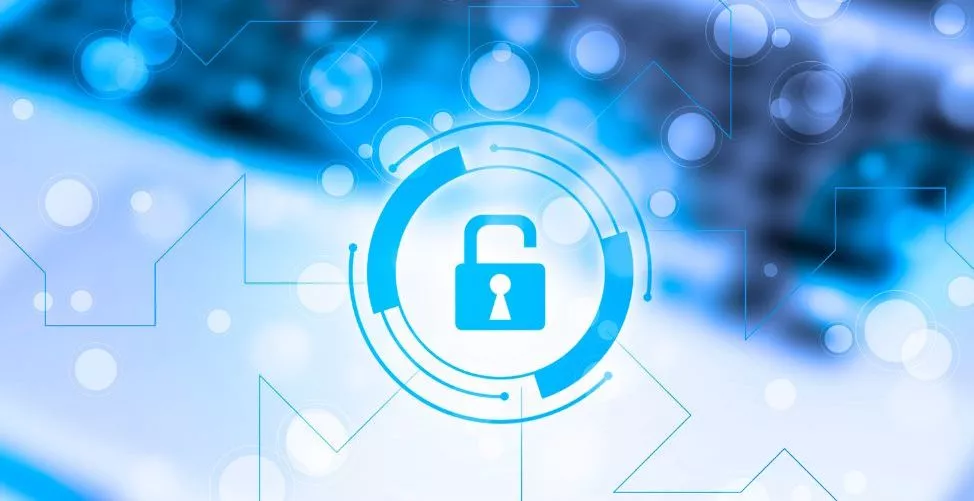5 Best Practices for Implementing Network Security Solutions in Hong Kong
Implementing robust network security solutions is essential to protect sensitive data, maintain operational integrity, and ensure compliance with regulatory standards. This article explores key aspects of network security and offers five best practices for implementing effective network protection solutions in Hong Kong.

Understanding Network Security Solutions
Network security solutions encompass a wide range of technologies and practices designed to protect a computer network and the data it carries from unauthorized access, misuse, or improper disclosure. These solutions are vital for preventing cyber threats, safeguarding sensitive information.
Key components of network security include:
- Firewalls: Act as barriers between trusted internal networks and untrusted external networks, controlling incoming and outgoing network traffic based on predetermined security rules.
- Antivirus Software: Protects against malicious software by detecting, quarantining, and removing viruses, worms, and other malware.
- Intrusion Detection/Prevention Systems (IDS/IPS): Monitors network traffic for suspicious activity and can block or alert administrators to potential threats.
For businesses in Hong Kong, where the digital economy is rapidly expanding, implementing effective network security solutions is crucial. These solutions help protect against data breaches, financial losses, and reputational damage, which are increasingly common as cyber threats evolve.
Read more: Why Manufacturing Cybersecurity is Crucial for Australian Businesses?
5 Best Practices for Implementing Network Security Solutions in Hong Kong
Conduct Regular Risk Assessments
Conducting regular risk assessments is the foundation of a strong network security strategy. A risk assessment helps identify potential threats, vulnerabilities, and the impact of potential security incidents on the organization.
Steps to perform a risk assessment:
- Identify Assets: Determine the critical assets that need protection, such as customer data, intellectual property, and network infrastructure.
- Identify Threats: Recognize potential threats, including cyberattacks, insider threats, and natural disasters.
- Assess Vulnerabilities: Evaluate the weaknesses in your network that could be exploited by threats.
- Analyze Impact: Determine the potential impact of security incidents on your business operations and reputation.
- Prioritize Risks: Rank the risks based on their likelihood and potential impact, and develop a mitigation plan for each.
It’s important to regularly update and revise the risk assessment process to account for new threats and changes in the business environment. Continuous risk assessments ensure that network security solutions remain effective and aligned with the organization’s evolving needs.
Develop a Multi-Layered Security Approach
A multi-layered security approach, also known as defense-in-depth, is crucial for protecting against a wide range of cyber threats. This strategy involves implementing multiple layers of security controls.
Key components of a multi-layered approach:
- Firewalls: Control access to the network by filtering incoming and outgoing traffic based on security rules.
- Intrusion Detection/Prevention Systems (IDS/IPS): Monitor network traffic for suspicious activity and take action to block or mitigate threats.
- Antivirus Software: Detects and removes malicious software to prevent it from spreading across the network.
- Encryption: Protects sensitive data by converting it into a secure format that can only be accessed by authorized parties.
The primary benefit of a multi-layered approach in network security solutions is that it provides comprehensive protection against a variety of threats. Even if one layer of security is breached, other layers can continue to protect the network, reducing the overall risk of a successful attack.
Implement Advanced Threat Detection and Response
Advanced threat detection and response solutions enable businesses to identify and mitigate threats before they can cause significant damage.
Tools and technologies for advanced threat detection:
- Security Information and Event Management (SIEM): Collects and analyzes data from various sources to detect and respond to security incidents in real-time.
- Endpoint Detection and Response (EDR): Monitors endpoints (e.g., computers, mobile devices) for suspicious activity and provides tools for investigating and mitigating threats.
- AI-Based Solutions: Use machine learning and artificial intelligence to identify patterns and anomalies that may indicate a security threat.
Developing an effective incident response plan is also critical. This plan should outline the steps to take in the event of a security incident, including identifying the scope of the breach, containing the threat, and recovering affected systems.
Read more: Top 10 Cyber Security Platforms to Protect Australian Companies
Keep Software and Systems Updated
Keeping software and systems up-to-date is a fundamental aspect of network security. Outdated software often contains vulnerabilities that can be exploited by cybercriminals.
Strategies for effective patch management:
- Automate Updates: Use tools that automatically download and install updates for operating systems, applications, and security software.
- Prioritize Critical Updates: Focus on applying patches for known vulnerabilities that are actively being exploited in the wild.
- Regularly Review and Test Updates: Ensure that updates do not interfere with other systems or applications and that they effectively address the identified vulnerabilities.
By maintaining up-to-date software and systems, businesses can significantly reduce the risk of security breaches and ensure that their network security solutions are operating at peak effectiveness.
Foster a Security-Aware Culture
Technical solutions alone are not enough to ensure network security; human factors play a critical role. Fostering a security-aware culture within the organization is essential for minimizing the risk of insider threats and human error.
Importance of employee training and awareness:
- Regular Cybersecurity Training Programs: Educate employees about the latest threats, safe online practices, and the importance of following security protocols.
- Encouraging Best Practices: Promote secure behaviors, such as using strong passwords, recognizing phishing attempts, and reporting suspicious activity.
By embedding security awareness into the company culture, businesses can empower their employees to become the first line of defense against cyber threats, significantly enhancing the effectiveness of their network security solutions.
SmartOSC – Support Assistant for Network Security Solutions in Hong Kong
SmartOSC is a leading provider of network security solutions tailored to the needs of businesses in Hong Kong. With a deep understanding of the local regulatory landscape and the unique challenges faced by Hong Kong businesses, SmartOSC offers comprehensive support for implementing and maintaining robust network security strategies.
SmartOSC provides a range of services, including risk assessments, multi-layered security solutions, advanced threat detection and response, and employee training programs. By partnering with SmartOSC, businesses can ensure that their cyber security solutions are effective, compliant with local regulations, and capable of protecting against the latest threats.
Conclusion
In conclusion, by following best practices such as conducting regular risk assessments, developing a multi-layered security approach, implementing advanced threat detection and response, keeping software and systems updated, and fostering a security-aware culture, businesses can significantly reduce their risk of cyber threats. With the support of SmartOSC, Hong Kong businesses can confidently implement and maintain the network security solutions needed to thrive in today’s digital landscape. Contact us now!


